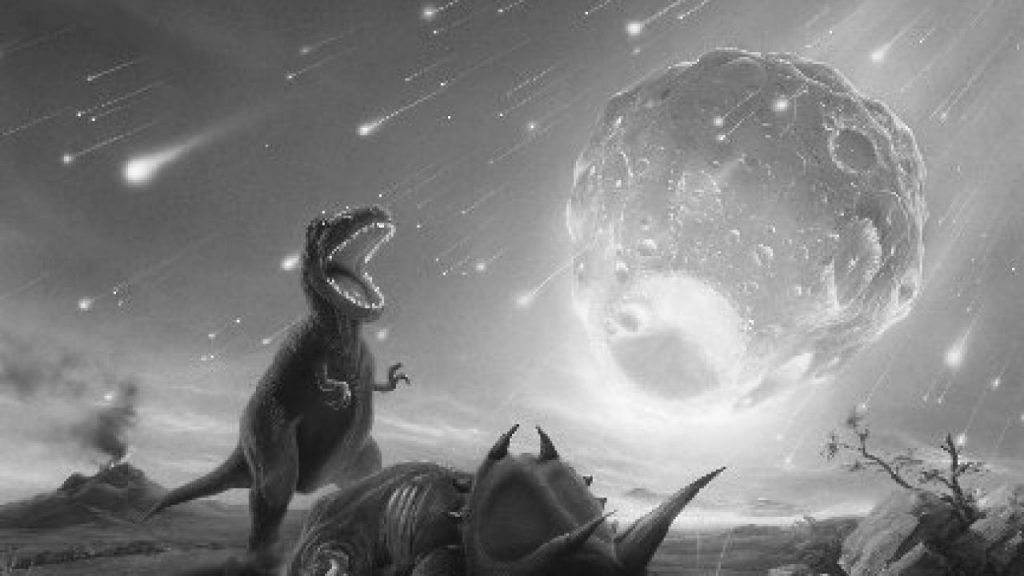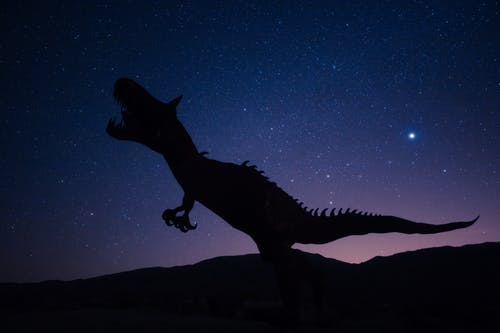By Cindi Sirois Collins
A major question the IODP- Expedition 364 wanted to answer was
“What caused the environmental changes that led to a mass extinction?”
Potential Killing Mechanisms for Extinction:
1) Sun’s radiation was blocked due to impact debris and sulfur aerosols in the atmosphere. Darkness created a “Nuclear Winter” – cold and desolate -like the result of a nuclear explosion.
2) Wildfires caused by friction of the impact and its fall-out.
3) Ocean Acidification due to extensive carbon in the atmosphere.
4) Metal loading of surface water from iron in the rock and the impactor.

Results of the Devastation:
- Global darkness of at least 60 days meant the environment became colder and was not tolerable for the larger reptiles. Studies show it took about 3 years for the fine particulates to rain out of the atmosphere.
- Photosynthesis nearly halted completely.
Herbivores-animals dependent on plants, were the first to die out.
Carnivores that ate the herbivores were next to die out.
Reptiles, which ate from all levels, depended on the Sun to warm their blood for bodily functions like the digestion of food decreased in number rapidly. - All animals that weighed 60 lbs. (25 kg) or more went extinct leaving about 70% of the species on Earth affected by this event. (Gulick, 2017) 7 out of every 10 species on Earth died.
Small furry mammals and feathered birds ate whatever was available including the dead animals. These animals survived becoming the dominant animals of the future. - Approximately 90% of ocean life (ammonites and mosasaurs included) are believed to have gone extinct from this event due to acid rain- water mixed with sulfur in the lower atmosphere.
This water-sulfur mix made the ocean more acidic and not conducive to most ocean organisms. - All plankton, but 4 species went extinct and only 2 species made it to present time to repopulate the oceans.
The Asteroid Impact Is No Longer A Hypothesis!
The scientists of the International Ocean Drilling Program’s Expedition 364 have provided plenty of concrete evidence for the conclusion that this asteroid impaction resulted in the major reduction of reptilian, plant, and planktonic life on this planet.
The fossil evidence also recorded in the Earth’s rock layers at the time shows that there was abundant life before this event and a major reduction of global life after this event.
The Earth was changed forever giving rise to the Age of Mammals and life as we presently know it.

Artwork by M. von Steinkirch
From an accidental hypothesis in 1981 to a scientific fact in 2019- only 38 years to figure out what killed the “terrible lizards”-something we, as humans, have pondered for hundreds of years.
Isn’t Science incredible?
